Get to know pendants, chandeliers, wall brackets, table lamps and more to help you create and plan a theme with lighting atmosphere.
I’ll let you in on a little secret that designers use to get that photo-ready finish in a home: layers of light. Just like with clothing and accessories in fashion, when creating your interior lighting scheme, layering your light sources helps create a rich look that highlights great features and eliminates harsh shadowing. To do that, you’ll need an approach that combines many different styles of fixtures and sources. Here’s my tips to common light fixtures you can use to create a sparkling scheme for any space or mood.
Windows
Windows may seem almost so obvious that they don’t deserve mentioning, but they are key to many lighting plans. After all, natural daylight is what we so often aim to simulate with our electric lights.
It’s important to understand that even on a sunny summer day, natural light from a single window is not always sufficient to thoroughly light a room, and of course this is especially true come night time. Additional light sources (Mainly Chandelier) near your window will allow you to subtly fill out the light scheme and achieve a balance so the space feels beautiful at any time.
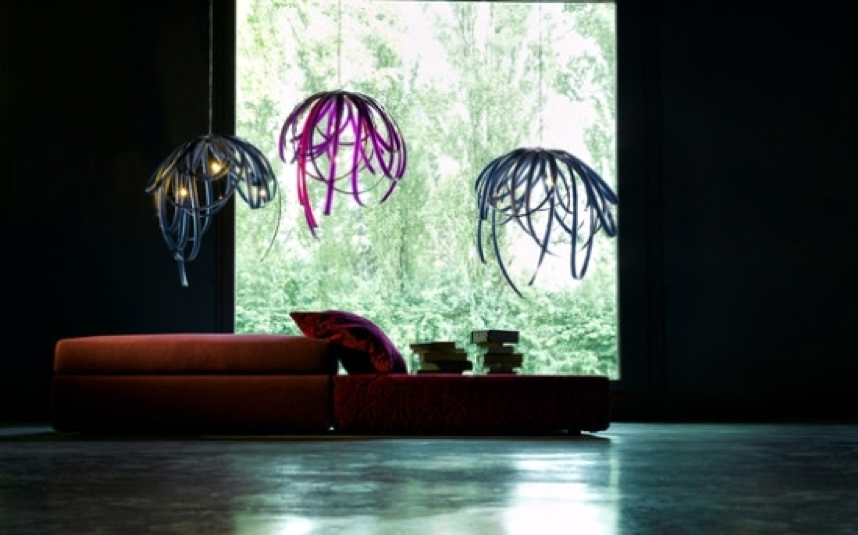
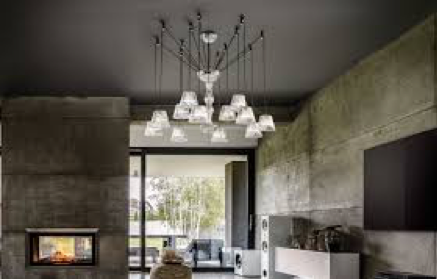
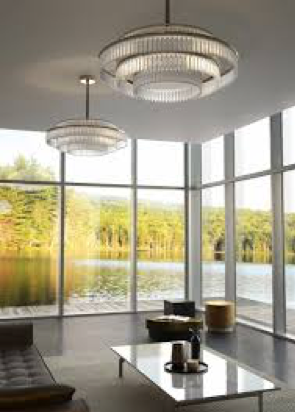
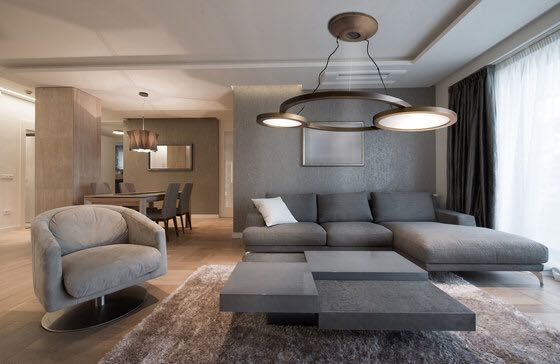

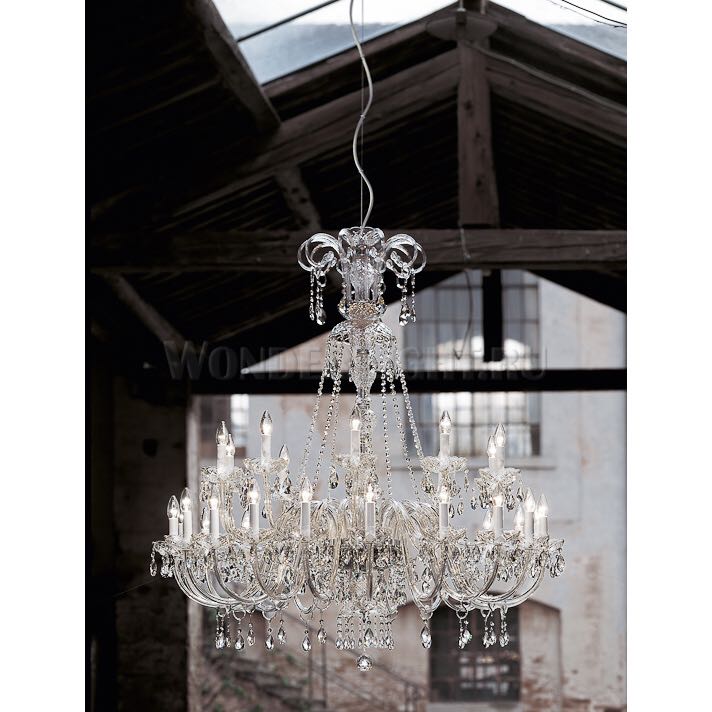
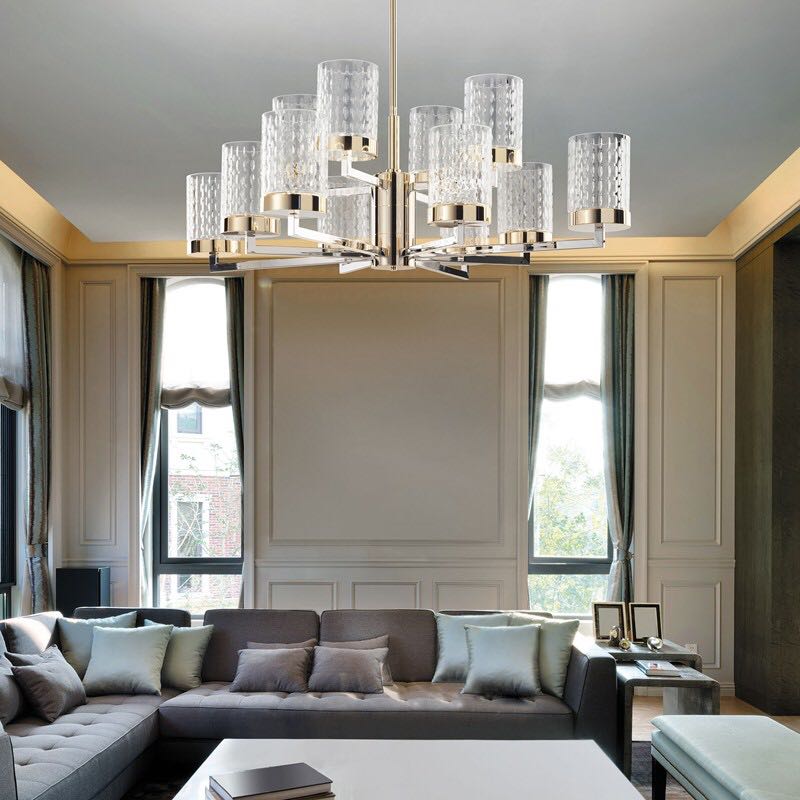
Pendants
another important ceiling-based light source is the pendant. The line between Pendant and Chandelier can be blurry, as a chandelier is essentially just a large (and often more decorative) pendant light. Chandeliers also are more likely to have multiple bulbs (which help create more layers), but what is or is not a pendant is still a gay area, especially with more modern fixtures like the following ones in the images:
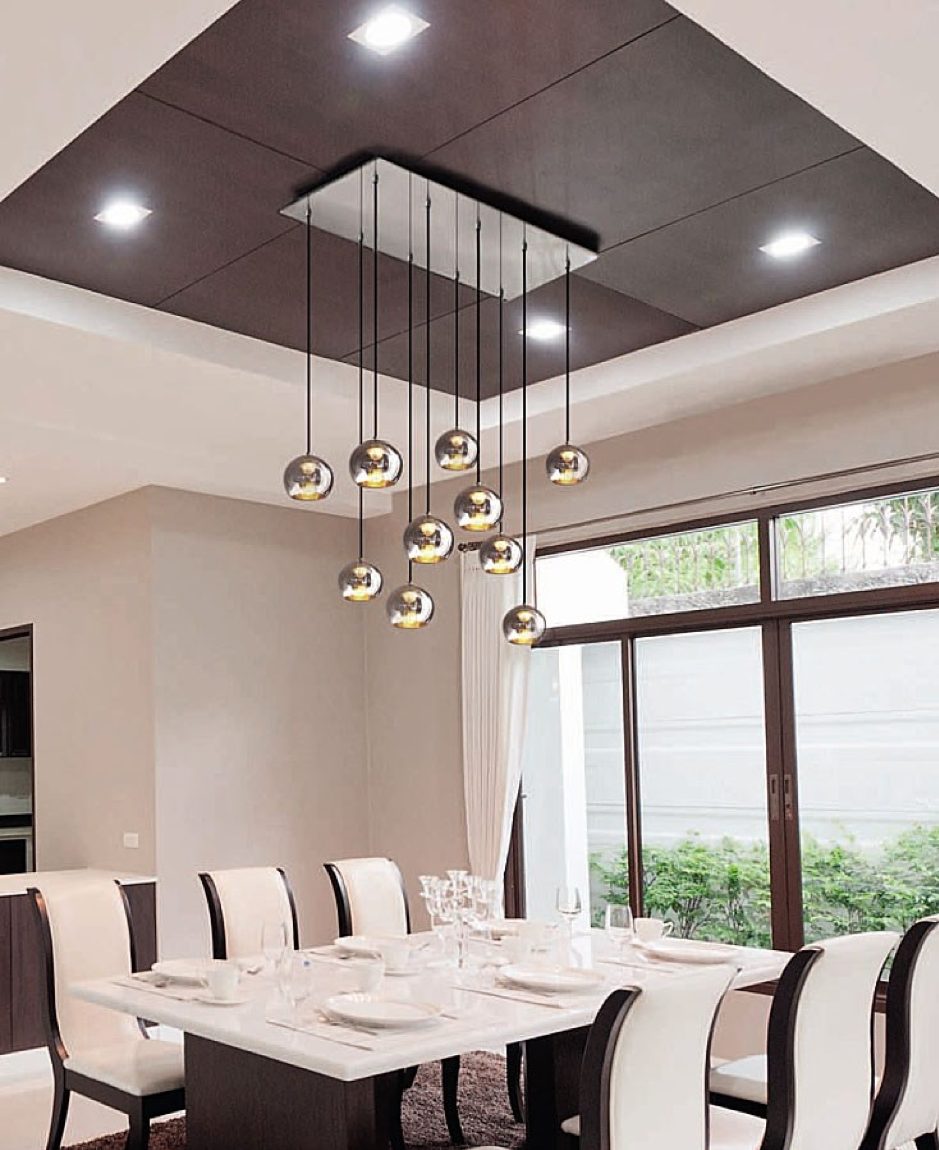
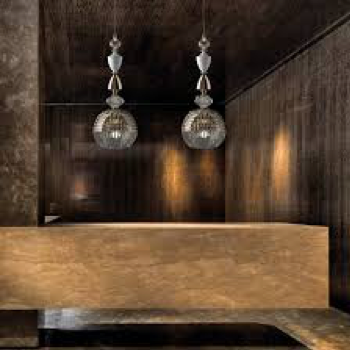
But the more important difference in hanging fixtures is the way the light is aimed: either up or down, or providing a general glow.
Downward pendants bring light close to a key surface, like a dining table or side table, which helps create a sense of intimacy. Upward pendants and general-glow pendants give a more ambient light to the room’s core, with the former letting light bounce downward off the ceiling first while highlighting any overhead features in the process.
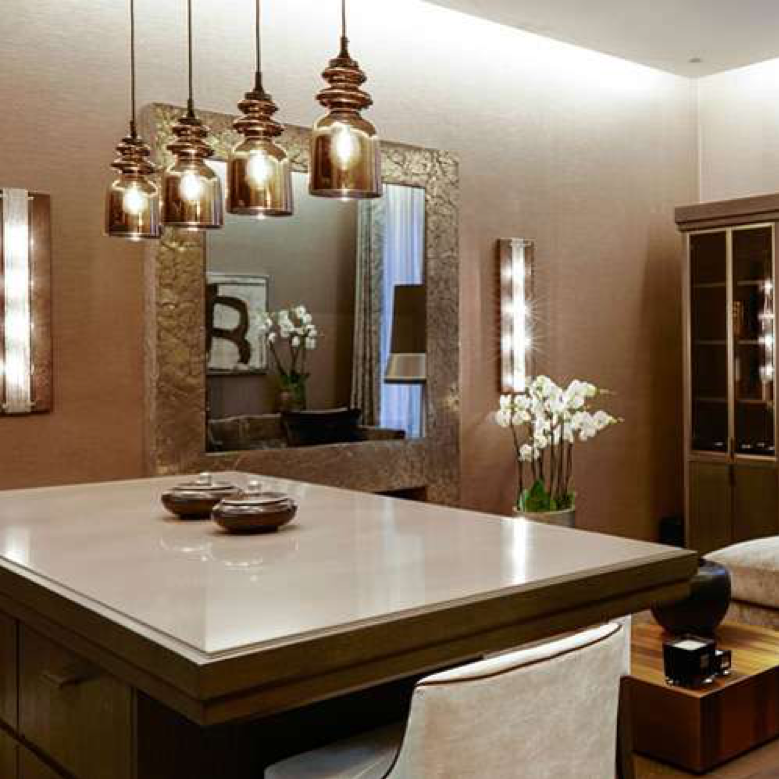
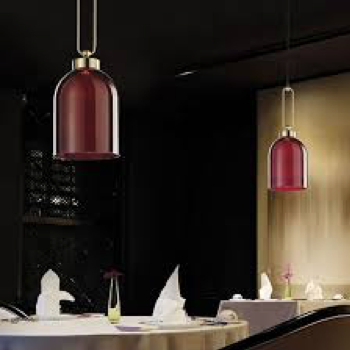
Wall-Adjacent Pendants
Pendant lights can also function like sconces when placed against a wall, especially in a bathroom and kitchens. Always remember: When a person will be looking in a mirror to shave or apply makeup, it’s important to light the person and not just the mirror. Or when you are at the kitchen and want to prepare your food you need to see the area brighten. A few lights in the centre may make the room feel bright enough, but only lights in front of the user will truly illuminate the face.
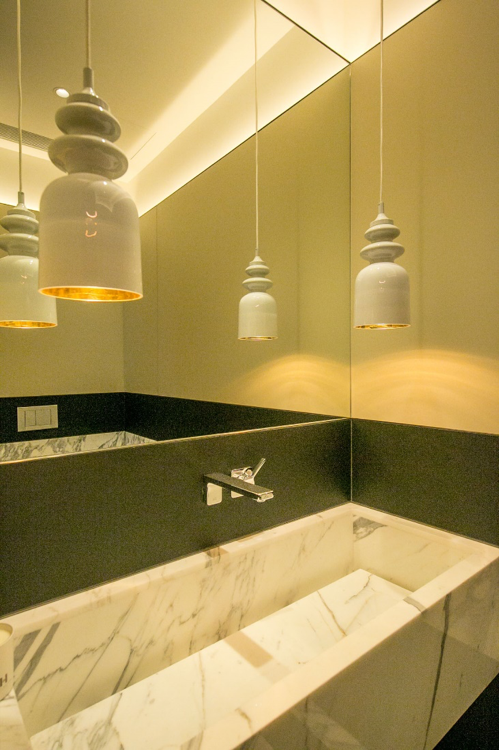

Dropped Ceilings
It may seem impossible to add a pretty pendant light in many cases, especially when working with a concrete condo ceiling. A dropped ceiling panel can provide a place to house lighting fixtures like pot lights or pendants, or even a minimalist LED strip to brighten a passageway, while creating a beautiful space-defining feature.
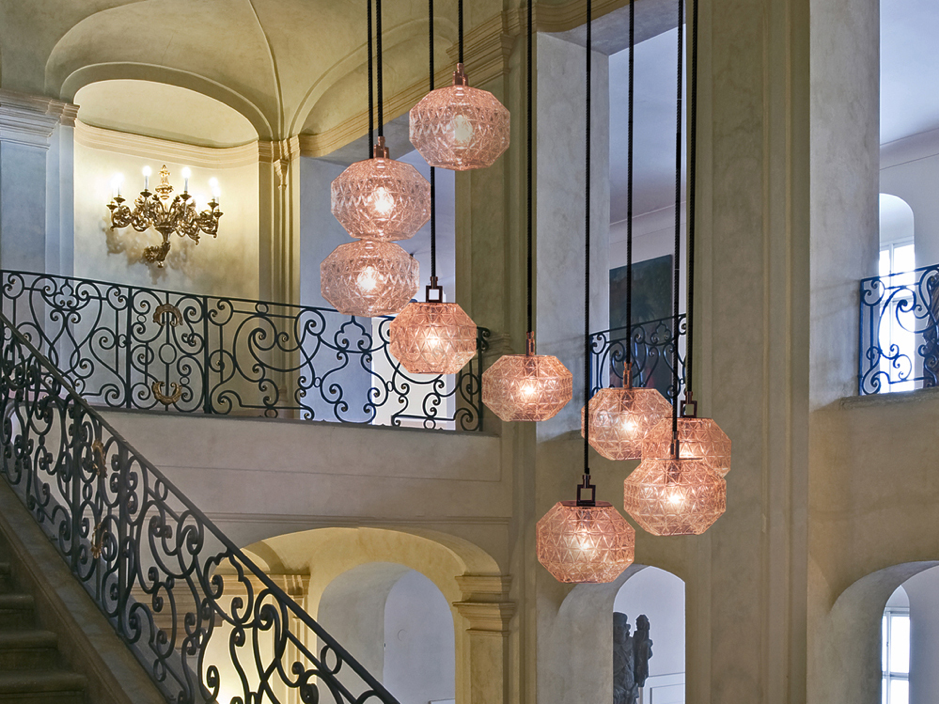
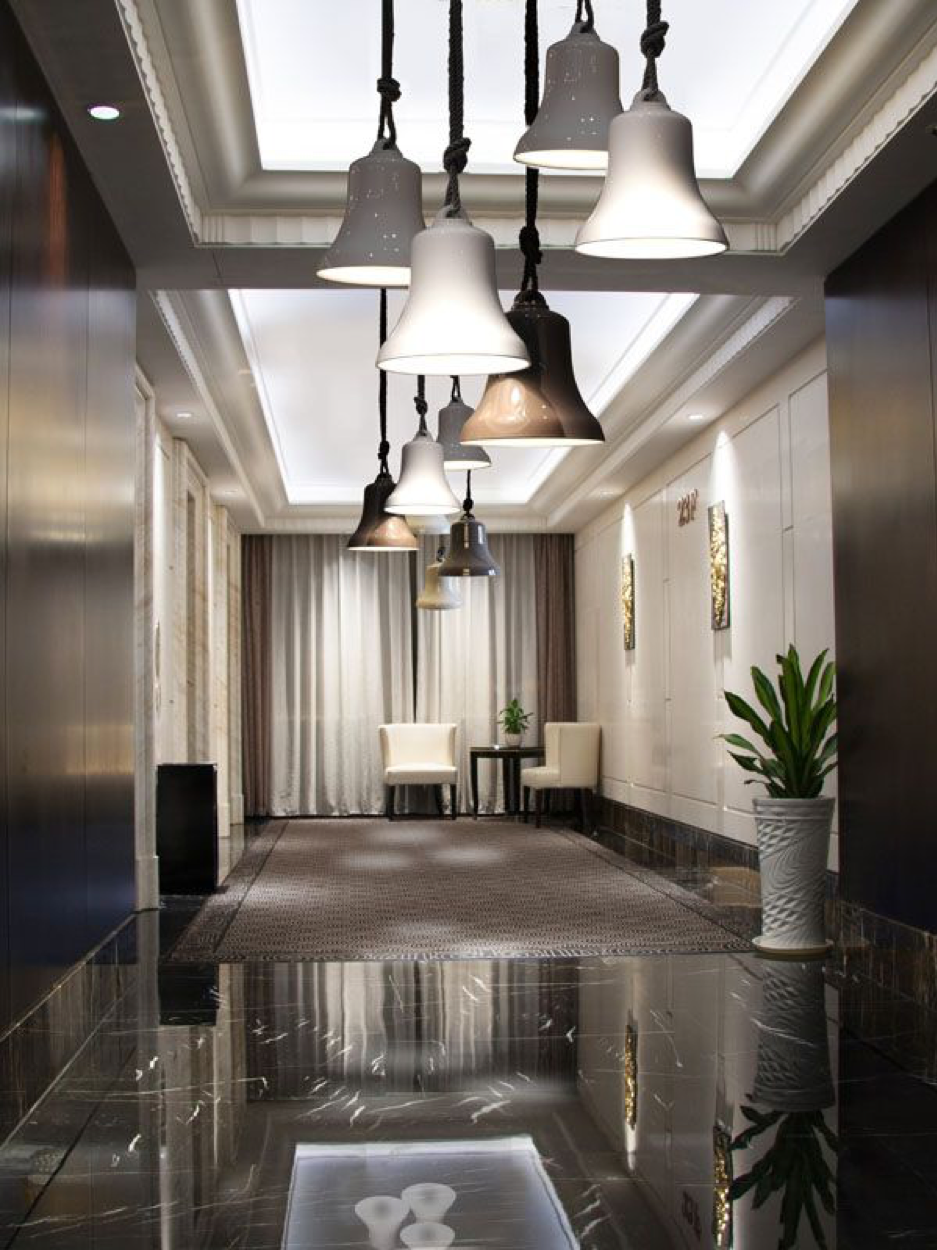
Wall Brackets
Although often thought of as primarily an outdoor accoutrement, wall brackets are useful indoors for adding an extra light to areas such as bathrooms, corridors, and even next to art works especially when a calming glow is desired for a relaxing mood. Plus, a glow coming from below eye level can perfectly balance an overhead light.
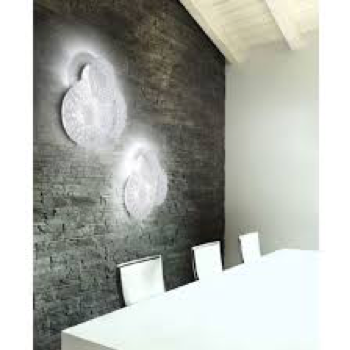

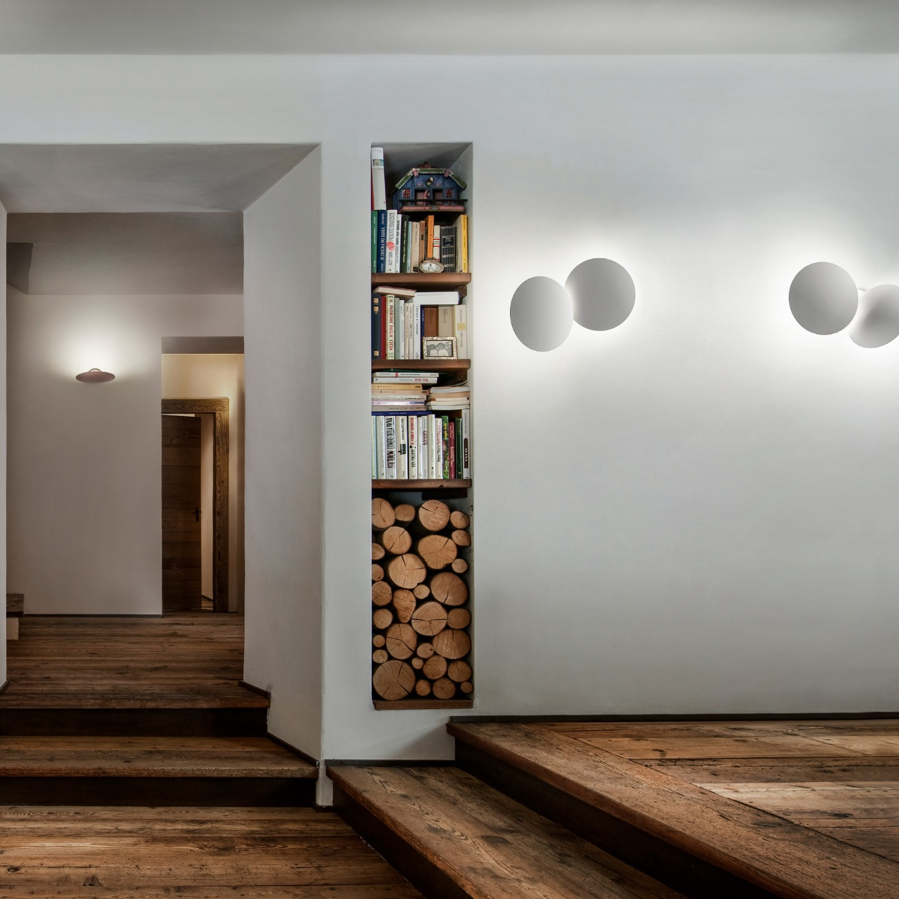
Wall brackets, either installed on the wall or aimed down from the ceiling, are used mostly to highlight decorative features, such as an art piece or a textured finish, like a brick wall. However, the psychological effect created by lighting the walls can make the whole room feel much brighter.
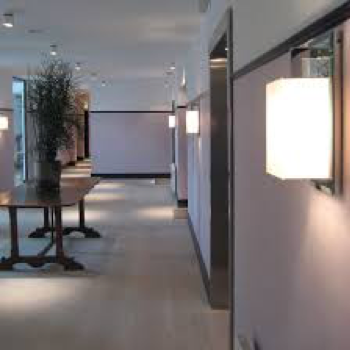
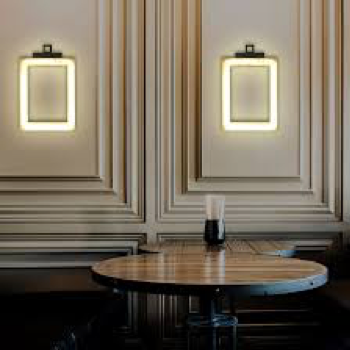
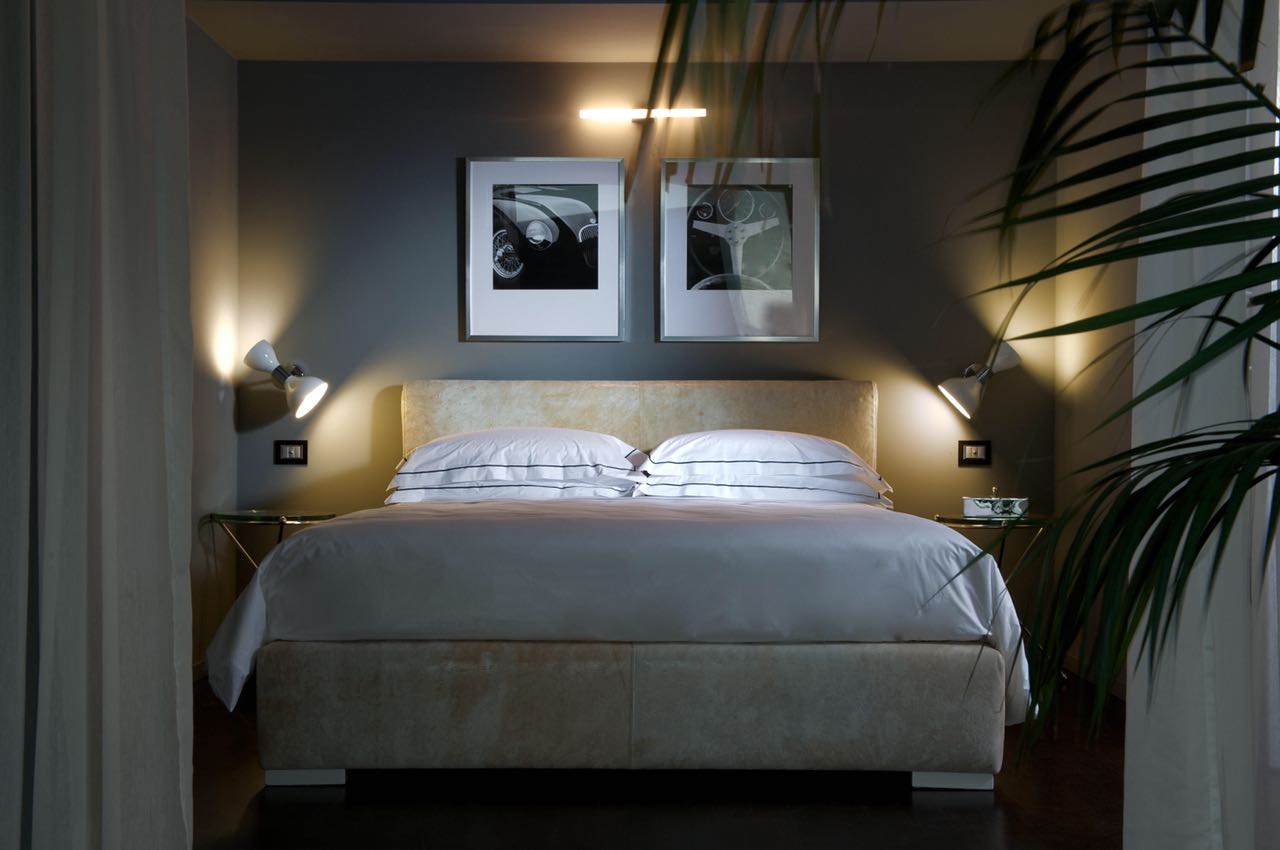
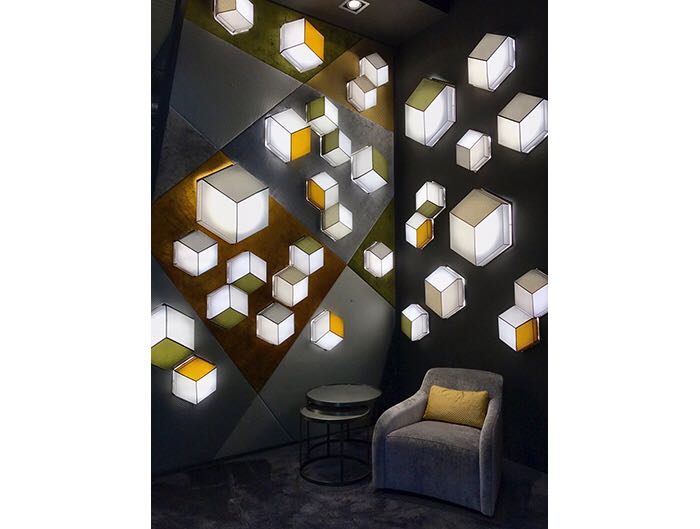
Standing Lamps (Table and Floor Lamps)
Although floor lamps and table lamps obviously differ in their typical size and placement, both have the ability to add gentle task lighting for reading while also infusing a general glow wherever they stand, targeting anywhere from the centre of a room (say, on a sofa table) to a dim corner.
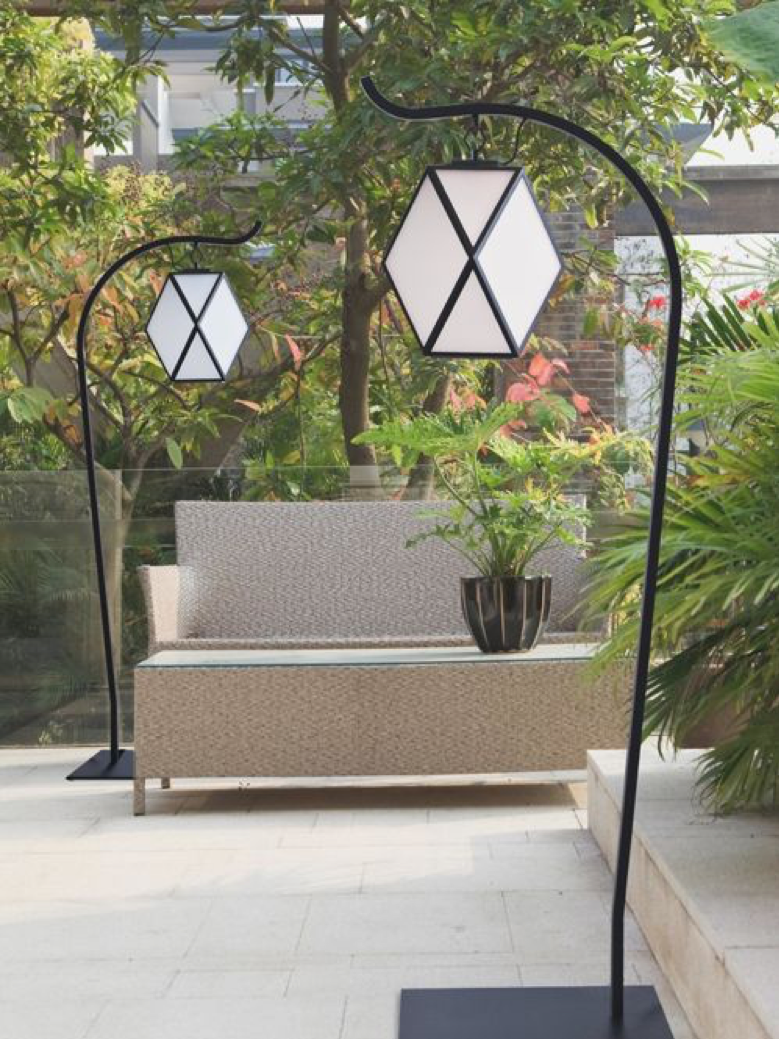
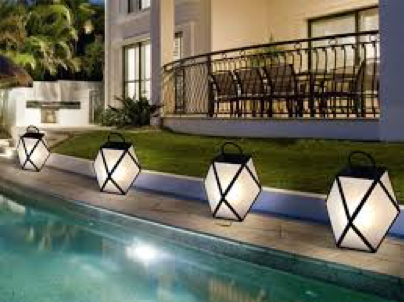

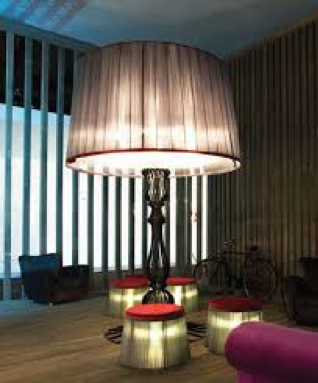
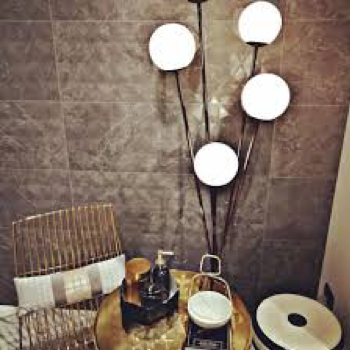
A floor lamp nestled against a window is a smart substitute for daylight, so that when the sun goes down, an ambient glow will pour in from a similar direction to balance the central light overhead.
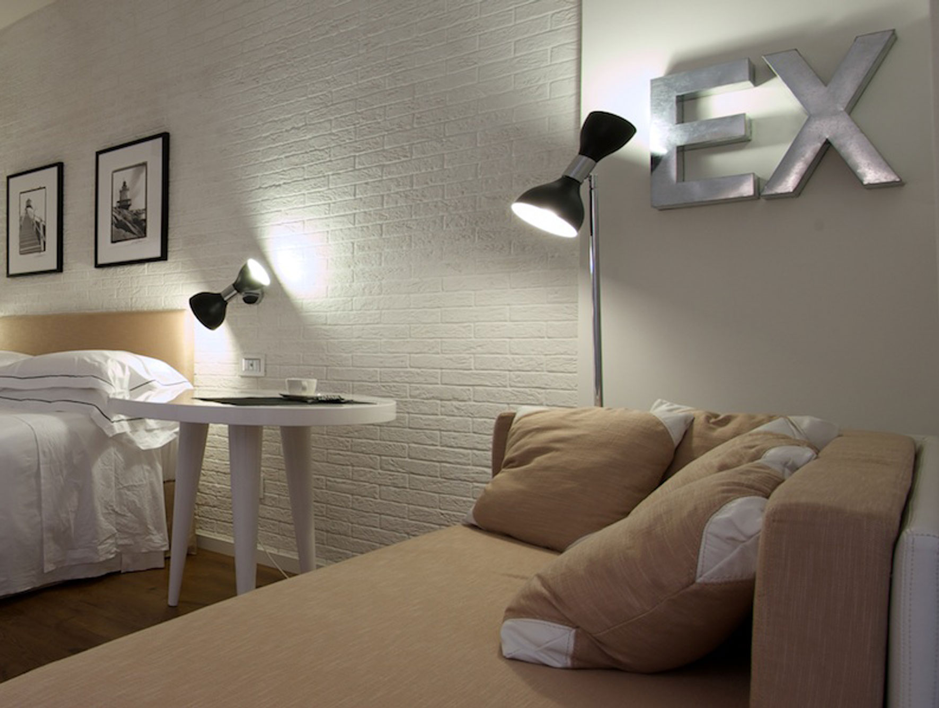
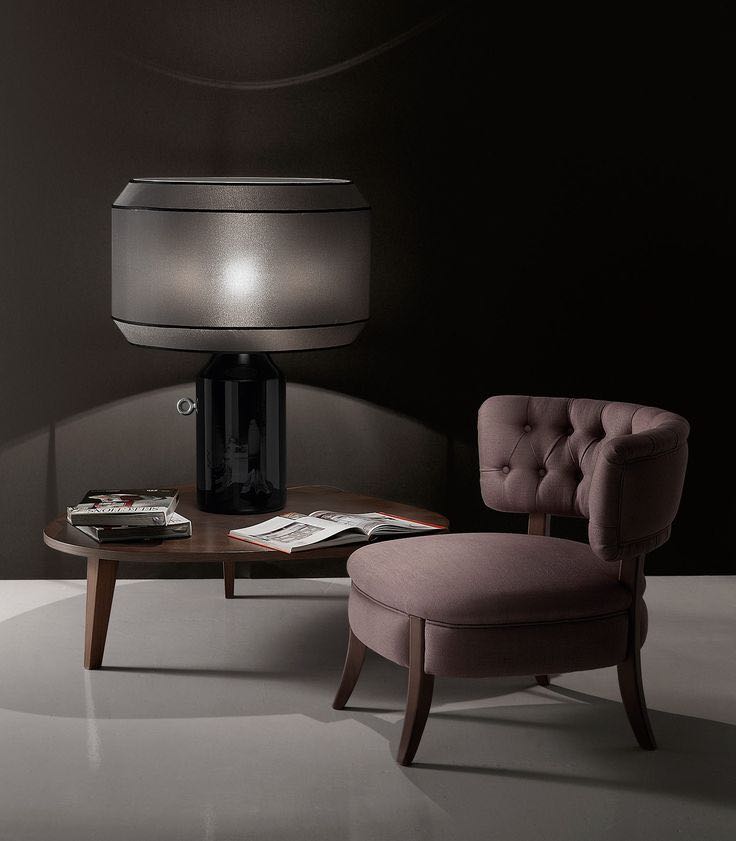
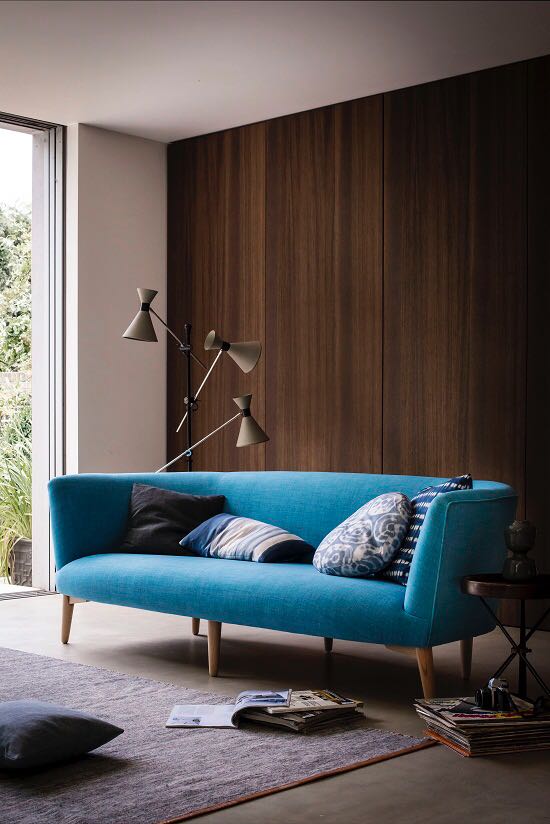
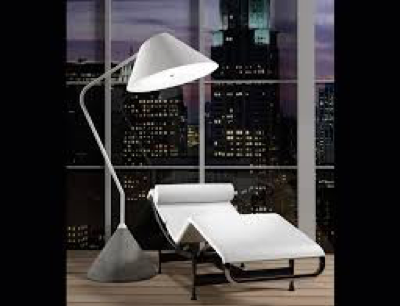
The references that I used in my article are from @Italamp and @Contardi-italia.

Comments
Sorry, the comment form is closed at this time.